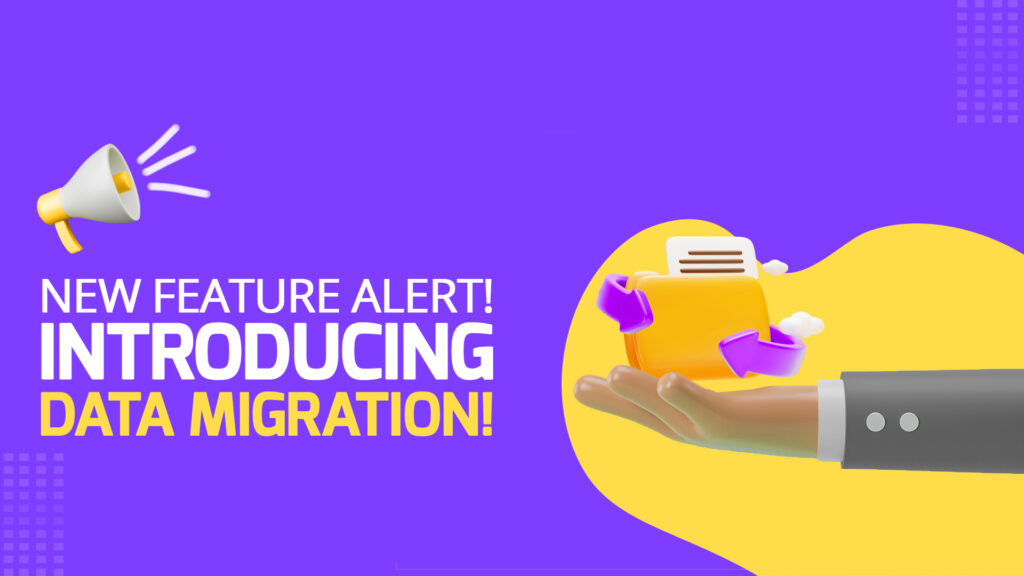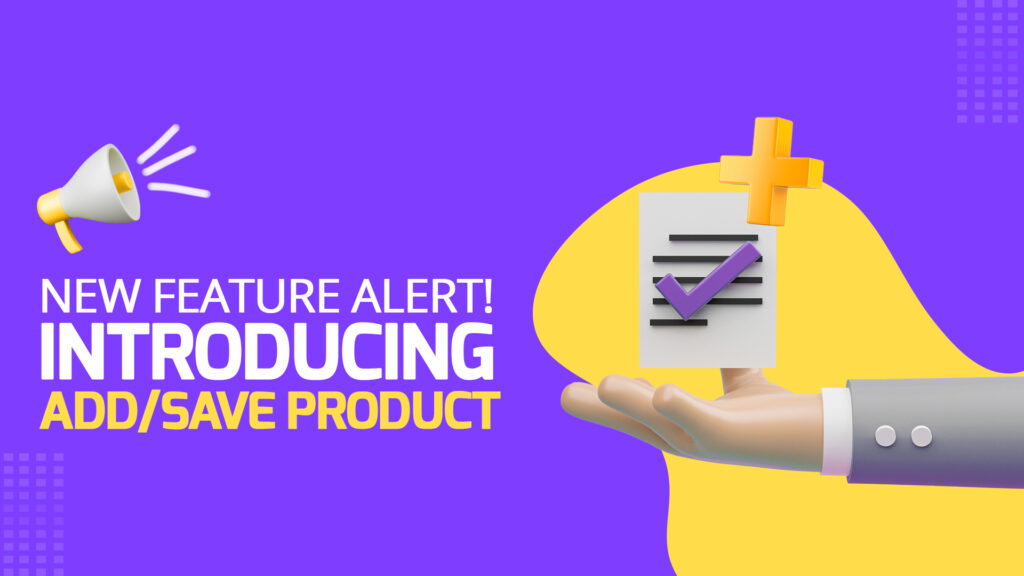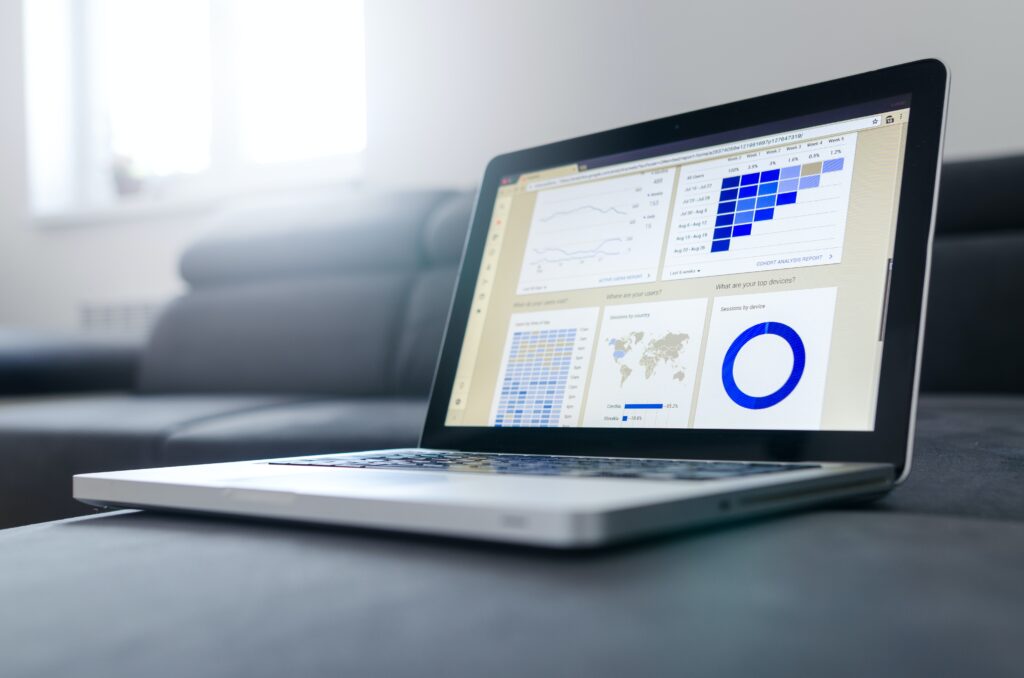Artificial Intelligence is the most disruptive technology of our generation. When the concept was conceived, many believed this scientific wonder would not see daylight in our lifetimes at least, and here we are living in the era of AI. Technologies progress fast, but this fast no one could’ve predicted. Today, AI has made its way into a multitude of industries. “The ability of a digital computer or computer-controlled robot to perform tasks commonly associated with intelligent beings … such as the ability to reason, discover meaning, generalize, or learn from past experience.” ~ Definition of Artificial Intelligence by Britannica Every development in computers brings up the question “Will computers replace humans?” However, this question is inevitable when it comes to AI. Creativity and Intelligence, core features that distinguish man from computer, have now been acquired by computers. Technology has always threatened human jobs, be it industrial revolution threatening textile workers and labourers’ livelihoods, or self-driving cars leaving drivers jobless. But AI, for the first time puts white collar jobs in danger, and it has surely instigated conversations. Whenever such a situation comes, you have two options: protest or adapt. History shows, protests couldn’t stop a technology, so clearly the better option is to timely adapt. The potent combination of big data and artificial intelligence is set to transform traditional accounting and finance roles. AI to transform Accounting According to Accenture Consulting, Robotic Process Automation will reduce costs by 80 per cent and the time required to perform tasks by 80 or 90 per cent, with these results not integrating AI in accounting is not an option. This disclosure raised the question “Would AI make accountants redundant?” Up to some extent, this might even be true, though there are different aspects to it. Professor Moshe Vardi in a webinar on “AI and the future of accountancy” suggested that complete automation can not be expected, however, tasks would be reshuffled, more routine ones being automated while others won’t. He further elaborates that the challenge this brings is the automation of entry-level jobs of accountants, but roles requiring decision-making and judgements seem not to be in threat any time soon. These developments could either make accountants hopeless of their future, or make them think innovatively. Accountants are known to adapt well to development of technology, as new software, rules and financial practices keep introducing. While others might see it as a threat to their profession, the team of Metric saw it as an opportunity to develop a cloud-based AI-incorporated accounting app. Such softwares and apps have been introduced out of Pakistan for a while now, but Metric is the first one to get fame among small businesses in Pakistan. How does AI benefit the Accountancy industry? There are a lot of ways AI can help make developments in the way we do accounting today. Some of them being: How does Metric incorporate AI? Accounting software and apps like Metric are currently offering capabilities to automate data entry, and reconciliations, helping eliminate accounting errors and reduce liability to facilitate business owners to move to a more advisory role. Metric app automates routine, repetitive and mundane tasks like data-entry, invoices, bill charges and payrolls for your business. This empowers executives to use actionable data to make business decisions to meet both customer and business demands. The three major problems Metric’s automated accounting solves for business founders are these: The metric app provides the real-time status of financial matters. This has become possible only because AI enables faster processing of documents using natural language processing and computer vision that makes daily reporting possible and inexpensive. This feature helps in timely shifts and pivots if the real-time data suggests unfavourable trends. Accounting has a strict set of rules and regulations to which every business complies. These include many internal corporate, local, state and federal regulations that must be followed. Metric uses AI-enabled systems that help support auditing and ensure compliance by being able to monitor documents against rules and laws and flag those with issues. AI lets the system sift through loads of data and identify any suspicious or out-of-law activity. This efficiency, speed or accuracy could not have been possible with human workforce. AI-powered accounting systems that have centralised access to enormous amounts of dispersed data can make client audits manageable and efficient. SInce Metric app makes financial information accessible at all times for its customersThis helps auditors to obtain, organise, synthesise and offer value-added analysis on how to conduct the best audit for a client with optimal financial outcomes. Metric app is able to provide customised business insights to its customers as a result of big data and streamlined auditing. The two most powerful features of AI in accounting are Predictive and Prescriptive analytics. Predictive analytics forecast future outcomes whereas Prescriptive analytics provide raw data to weigh one financial decision against another. These data-backed insights empower businesses to be more productive and profitable. Double-entry bookkeeping uses multiple accounts to record transactions. Some transactions are supposed to go in accounts payable, while others are assets or liabilities. Artificial intelligence can speed up the matching of purchase orders, packing slips, and invoices. This technology streamlines the process of accounts payable. It can also automate approvals and search duplicate invoices to avoid overpayments. How to deal with the takeover of AI? AI has crept into our daily lives without us really noticing it. From seeing relevant ads, using face unlocks on devices to using Siri and self-driving cars, AI has impacted the tiniest to biggest aspects of our lifestyles. AI is here to stay, and it is poised to disrupt not just how we live our personal lives but how we work and the broader business landscape as we know it. Artificial intelligence is rapidly becoming a part of more businesses’ daily operations. According to a study by Big Four firm PwC, 72% of business decision-makers say implementing AI lets their employees focus on more meaningful and creative work. Using AI to your benefit is the only






